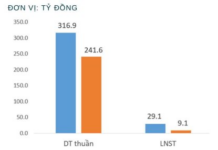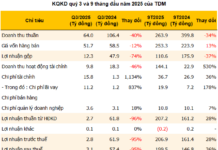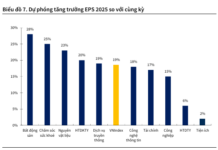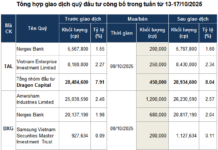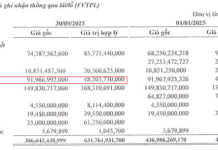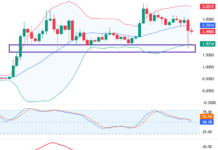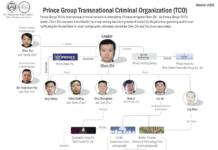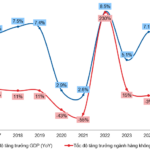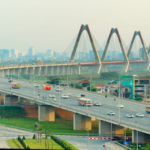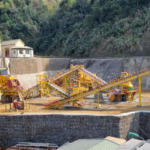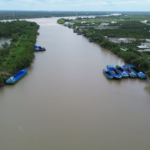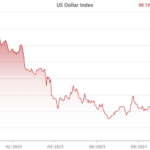Double Taxation Dilemma
The mining industry plays a pivotal role in Vietnam’s economy, providing essential raw materials for key sectors such as metallurgy, energy, and construction, while also significantly contributing to the state budget.
This was highlighted by Mr. Dau Anh Tuan, Deputy Secretary General and Head of the Legal Department at the Vietnam Chamber of Commerce and Industry (VCCI), during a financial policy seminar for the mining industry held on October 15.
According to Mr. Tuan, mining companies currently face two major financial obligations: resource tax under the 2009 Law on Resource Tax and mineral exploitation fees as per the 2010 Law on Minerals, which continues in the 2024 Law on Geology and Minerals.
“Both levies aim to ensure the state captures the value of public mineral resources. However, applying two financial mechanisms simultaneously on the same entity raises practical, legal, and economic concerns,” said the VCCI Deputy Secretary General.
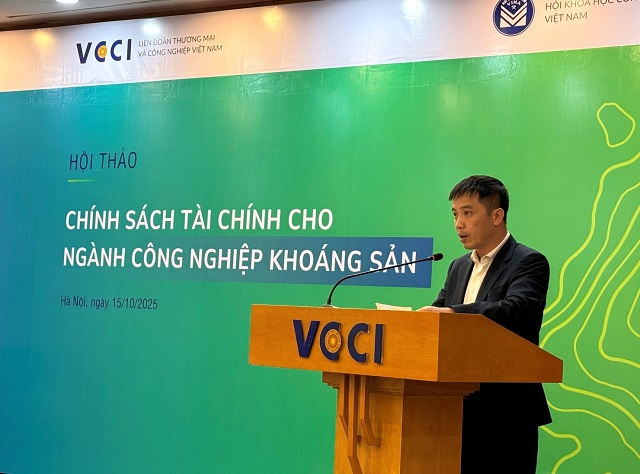 Mr. Dau Anh Tuan, Deputy Secretary General and Head of the Legal Department at VCCI. Photo: N.L
|
He noted that businesses report total financial obligations reaching 30-40% of revenue, far exceeding international norms. In contrast, developed mining nations like Australia, Canada, and Indonesia typically employ a single flexible royalty system combined with corporate income tax, resulting in significantly lower total levies.
The overlap between resource tax and exploitation fees increases costs, reduces competitiveness, and creates legal risks, distorting investment incentives for efficient mining and deep processing—key goals of Resolution 10-NQ/TW on mineral industry development until 2030, with a vision to 2045.
Mr. Nguyen Van Phung, a senior tax and corporate governance expert and former Director of the Large Enterprise Tax Department (General Department of Taxation, Ministry of Finance), stated that mining companies face nine types of taxes. Notably, their corporate income tax can reach 50%, compared to 25% for other sectors.
Phung explained that exploitation fees and resource tax share the same calculation basis and method, differing only in management and administration. This duality forces companies to comply with two separate authorities, effectively doubling their obligations.
“These two levies create a sense of redundant taxation on the same rights and duties, differing only in management style, authority, timing, and delegation,” Phung remarked.
He also criticized the complexity of administering the Law on Resource Tax, which complicates resource volume and tax base determination, burdening both businesses and regulators.
Proposal to Merge Financial Obligations
The primary issue lies in the concurrent application of resource tax and exploitation fees, creating a “double taxation” scenario. Mr. Bui Ngoc Tuan, Deputy Director of Tax Consulting Services at Deloitte Vietnam, noted that Vietnam’s mining sector bears total taxes and fees of around 25% of revenue, far higher than the 5-10% average in Australia, the US, or Malaysia. Notably, corporate income tax for tungsten and rare earth mining reaches 50%, double the standard 20%.
From a business perspective, Mr. Phan Chien Thang, Deputy Director of Masan High-Tech Materials, pointed out that licensing for mining and processing, especially for strategic minerals, remains lengthy and complex, hindering investment opportunities and market responsiveness.
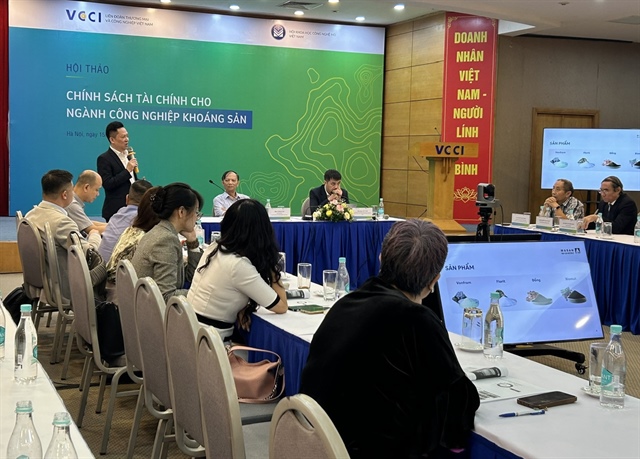
Mr. Phan Chien Thang, Deputy Director of Masan High-Tech Materials, proposes merging exploitation fees and resource tax. Photo: N.L |
“Once quotas are exhausted, companies must reapply, a process taking up to a year. We urge procedural simplification. For urgent projects, a special mechanism allowing simultaneous investment and documentation completion could shorten timelines and enhance efficiency,” Thang suggested.
Additionally, policy changes post-investment negatively impact businesses. For instance, resource tax rates rose from under 10% in 2010 to 6-25% post-operation, while exploitation fees and environmental charges introduced after project commencement disrupted financial planning.
Masan High-Tech Materials’ leadership proposes merging exploitation fees and resource tax, with rates aligned to international standards of 3-8% of total revenue. This would ensure regional and global competitiveness.
By Nguyen Le
– 15:35 15/10/2025
Soaring High with VJC: Unlocking the Skies (Part 1)
Vietjet Aviation Joint Stock Company (HOSE: VJC) has solidified its position as a leading player in Vietnam’s aviation industry, boasting remarkable growth rates, a substantial market share, and a well-defined international expansion strategy. This impressive performance has garnered significant attention from investors in the market.
Vietnam’s Income Gap: 27 Years to Surpass the Philippines, How Long Until Cambodia?
In 1993, Vietnam’s per capita income stood at approximately $170, ranking it 10th out of 11 countries in Southeast Asia.
Vietnam’s Hidden Treasure: A Central Province Holds 80% of a Global Coveted Resource Beyond Rare Earths
Vietnam harbors a treasure that the world covets—a vibrant tapestry of culture, breathtaking landscapes, and unparalleled hospitality. From the lush terraces of Sa Pa to the ancient charm of Hoi An, and the bustling energy of Hanoi, every corner tells a story worth exploring. Its cuisine, a symphony of flavors, captivates palates globally, while its resilient spirit inspires admiration. Vietnam isn’t just a destination; it’s an experience that leaves an indelible mark on all who encounter it.














